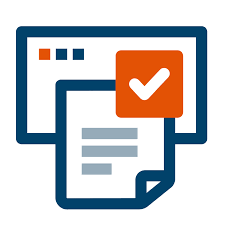Notes from the Field: What is ECM?
- Jamie Dunn

- Jan 21, 2022
- 2 min read

From a call with a prospect:
Prospect: Enterprise Content Management? Oh, we have that.
Me: What system are you using?
Prospect: Windows and our File Share
Me:
Lately, I’ve noticed a trend among companies I’ve been speaking with. They think the standard tools provided by Microsoft (Note-not SharePoint) give them the same features and functionality as Laserfiche.
Gosh, no.
(And I’m not bagging on the prospect. Those of us in the ECM market need to do a better job with education.)
Enterprise Content Management (ECM) is three things: a practice, a process, and a technology tool. ECM is the strategies, frameworks, techniques, and tools that allow organizations to manage the entire lifecycle of their content. Laserfiche is a technology tool that captures, manages, stores, and delivers content, supporting vital organizational initiatives, goals, and objectives.
ECM is also referred to as document management, records management, or content services.
Microsoft tools are the gold standard for content creation. However, after the document is “born,” the unstructured data contained within has value and can be used to drive a document approval workflow or auto-populate information from an invoice to an ERP system. The document may have value as a business record, so it should be retained
Overall, An enterprise content management system provides a solution that helps businesses cope with the onslaught of information by offering ways to organize it to optimize performance, minimize error, and protect information from loss. It allows for integration with current data to provide business insights. Finally, ECM provides productivity gains to maintain your advantage in an increasingly cutthroat, competitive market. More than a few clients have told me this.
Finally, if you are operating in a highly regulated industry, an enterprise content management system provides a unified platform for disseminating, storing, and managing data; it can help businesses handle data to meet security and compliance requirements for risk management and disaster recovery.
If all of this sounds interesting or you want to learn more, please check out our other resources.



Comments